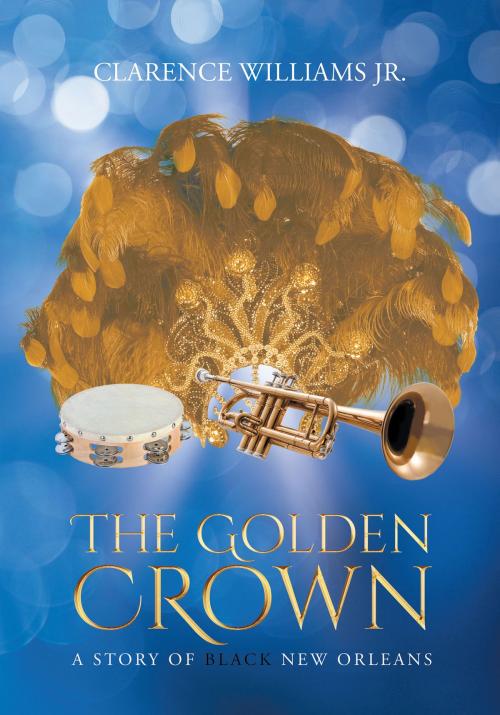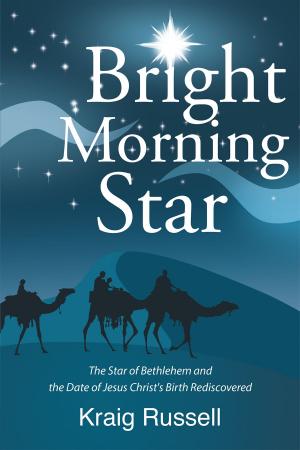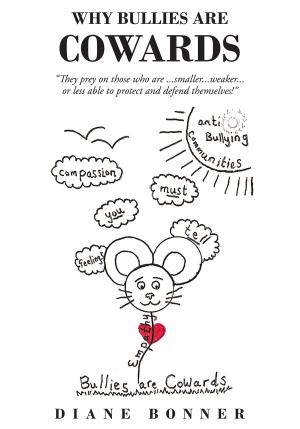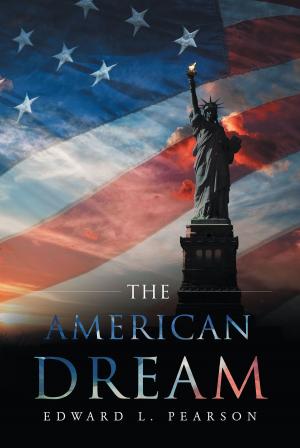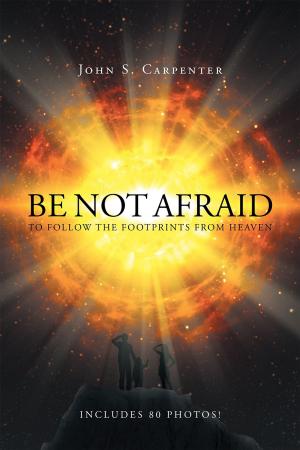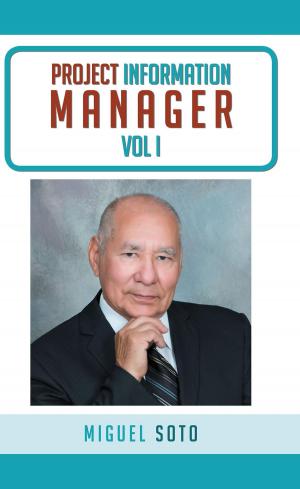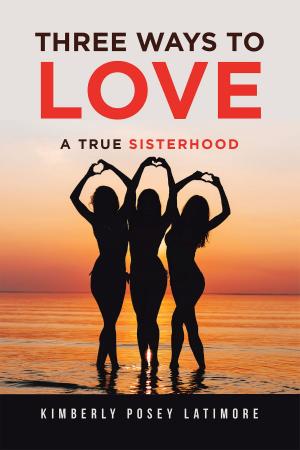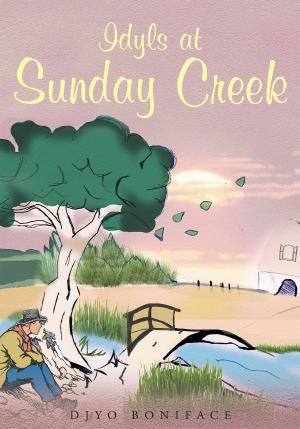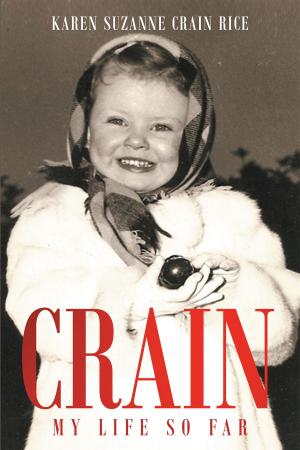| Author: | Clarence Williams Jr. | ISBN: | 9781684097555 |
| Publisher: | Page Publishing, Inc. | Publication: | November 15, 2017 |
| Imprint: | Language: | English |
| Author: | Clarence Williams Jr. |
| ISBN: | 9781684097555 |
| Publisher: | Page Publishing, Inc. |
| Publication: | November 15, 2017 |
| Imprint: | |
| Language: | English |
The Golden Crown: A Story of Black New Orleans, is centered mainly on a working-class New Orleans family. Henderson Brooks, the youngest of three brothers, is a riverfront foreman with a wife and three children. He is also chief of the Downtown Warriors, a Mardi Gras Indian tribe that parades every Mardi Gras Day. His tribe is in competition with at least thirty tribes about the city for splendor and innovation in costume design. His father and grandfather were Downtown Warrior chiefs before him, and his grandfather founded the tribe in 1918. For the Warriors’ fiftieth anniversary he is determined to create a special costume to mark the milestone, one that would be his greatest achievement ever. Yet so many obstacles get in his way that for a time he is doubtful about being able to mask at all. Never in the history of the Downtown Warriors has a chief failed to make his designated appearance.
Henderson’s older brother, R.C., has recently returned to the streets after serving six years in the Atlanta Federal Penitentiary for drug offenses. He falls back into the habit as soon as he is released. His middle brother, Chatman, a riverfront executive, has two sons who are also involved with heroin. His oldest, Spence, returns from Vietnam addicted, and finds his younger brother, Mike, using as well. R.C. vows that he will never associate with his nephews in the drug life, but unexpected events force him to do otherwise, with tragic results.
Along with the Vietnam War, where black men are dying in combat in numbers far out of proportion to their presence in the American population, the heroin epidemic, running unchecked, is decimating inner-city black communities throughout the country. New Orleans is not spared. Henderson’s Seventh Ward community, known as the Ramp, under the able leadership of its parent organization, the Bamboula Club, is fighting back, and by any means necessary. They have dedicated the 1968 Mardi Gras Indian ritual to the complete eradication of the heroin menace from their community. This leaves Henderson with a confused understanding of his responsibilities in dealing with the crisis, as three of the main players are his brother and nephews. Yet by the time he completes his costume he has grown in ways he couldn’t have imagined and is able to meet all challenges when his priorities and allegiances are tested.
The story is told through colorful characters and deals candidly with the racial realities of New Orleans and its history. It highlights not only the Mardi Gras Indian culture but other elements of the complex black New Orleans culture as well.
The Golden Crown: A Story of Black New Orleans, is centered mainly on a working-class New Orleans family. Henderson Brooks, the youngest of three brothers, is a riverfront foreman with a wife and three children. He is also chief of the Downtown Warriors, a Mardi Gras Indian tribe that parades every Mardi Gras Day. His tribe is in competition with at least thirty tribes about the city for splendor and innovation in costume design. His father and grandfather were Downtown Warrior chiefs before him, and his grandfather founded the tribe in 1918. For the Warriors’ fiftieth anniversary he is determined to create a special costume to mark the milestone, one that would be his greatest achievement ever. Yet so many obstacles get in his way that for a time he is doubtful about being able to mask at all. Never in the history of the Downtown Warriors has a chief failed to make his designated appearance.
Henderson’s older brother, R.C., has recently returned to the streets after serving six years in the Atlanta Federal Penitentiary for drug offenses. He falls back into the habit as soon as he is released. His middle brother, Chatman, a riverfront executive, has two sons who are also involved with heroin. His oldest, Spence, returns from Vietnam addicted, and finds his younger brother, Mike, using as well. R.C. vows that he will never associate with his nephews in the drug life, but unexpected events force him to do otherwise, with tragic results.
Along with the Vietnam War, where black men are dying in combat in numbers far out of proportion to their presence in the American population, the heroin epidemic, running unchecked, is decimating inner-city black communities throughout the country. New Orleans is not spared. Henderson’s Seventh Ward community, known as the Ramp, under the able leadership of its parent organization, the Bamboula Club, is fighting back, and by any means necessary. They have dedicated the 1968 Mardi Gras Indian ritual to the complete eradication of the heroin menace from their community. This leaves Henderson with a confused understanding of his responsibilities in dealing with the crisis, as three of the main players are his brother and nephews. Yet by the time he completes his costume he has grown in ways he couldn’t have imagined and is able to meet all challenges when his priorities and allegiances are tested.
The story is told through colorful characters and deals candidly with the racial realities of New Orleans and its history. It highlights not only the Mardi Gras Indian culture but other elements of the complex black New Orleans culture as well.
